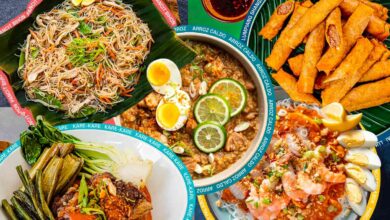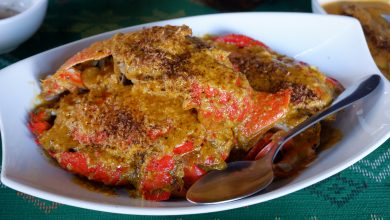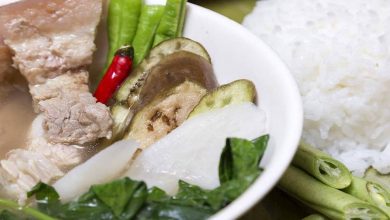
Exploring the Rich Diversity of Philippine Herbs
Flavors and Wellness Unite: Exploring the Culinary and Healing Diversity of Herbs Across Philippine Regions
Filipino cuisine tantalizes taste buds with unique flavors and aromatic dishes, owed largely to native herbs. These Philippine herbs not only enrich food but also contribute to one’s holistic well-being. From Luzon to Visayas and Mindanao, diverse regions of the Philippines employ an array of herbs in traditional dishes and remedies, each boasting distinct flavors and health benefits.
Luzon: Aromatic Treasures of the North
The northern region of Luzon boasts culinary creations elevated by Philippine herbs. Lemongrass (Tanglad) imparts a refreshing zest to soups and stews. Chili leaves (Dahon ng sili) introduce subtle heat, while moringa (Malunggay) bolsters health, enriching soups with nutrients.
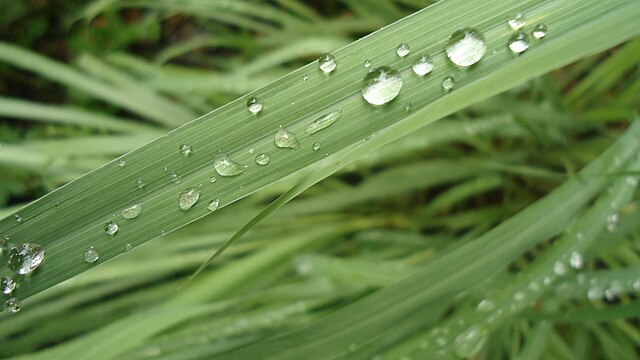
Visayas: Herbal Wonders of the Central Islands
Central Visayas unfolds a plethora of herbal wonders. Pandan leaves infuse rice with sweet fragrance, while oregano (“luya-luyahan”) imparts distinctive flavors. This versatile herb also finds its way into natural remedies, thanks to its anti-inflammatory properties.
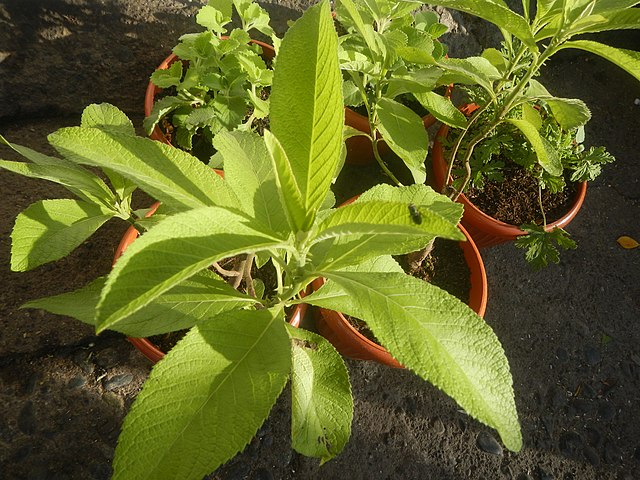
Mindanao: Bountiful Herbs of the South
In Mindanao’s tropical embrace, plants and herbs flourish. Turmeric (“luyang dilaw”) enhances curries and stews with vibrant color and anti-inflammatory qualities. Sambong, recognized for its diuretic properties, becomes wholesome tea to promote kidney health.
RELATED: 5 Native Ingredients That are Hard to Make
Health and Culinary Benefits
Herbs amplify not only culinary experiences but also well-being. Rich in antioxidants, vitamins, and minerals, these herbs foster overall health. Their significance transcends the kitchen, being integral to folk medicine and potential healing.
Embracing Philippine Herbs
From Luzon’s mountainous north to Mindanao’s southern isles, native herbs are interwoven into the nation’s fabric. Their aromatic allure and nurturing qualities create an enduring legacy passed down through generations.
Philippine herbs stand as a testament to the nation’s biodiversity, offering diverse flavors and well-being across regions. Whether tanglad’s refreshing notes in the north, pandan’s sweet aroma in the central islands, or turmeric’s warm hues in the south, these herbs form an integral part of Filipino culture, enriching culinary delights and nurturing health.


